Next-gen battle tanks redefining modern armoured warfare
The world of armoured warfare is undergoing a dramatic transformation, with five next-generation main battle tanks (MBTs) setting new benchmarks in firepower, protection, and integration with emerging technologies.
From South Korea’s K3 to the US M1E3 Abrams, these cutting-edge vehicles are designed to meet the demands of a rapidly changing battlefield, shaped by drone threats, loitering munitions, and precision weapons. As we move into 2025, these tanks are redefining the future of armoured combat, Army Recognition writes in its analysis.
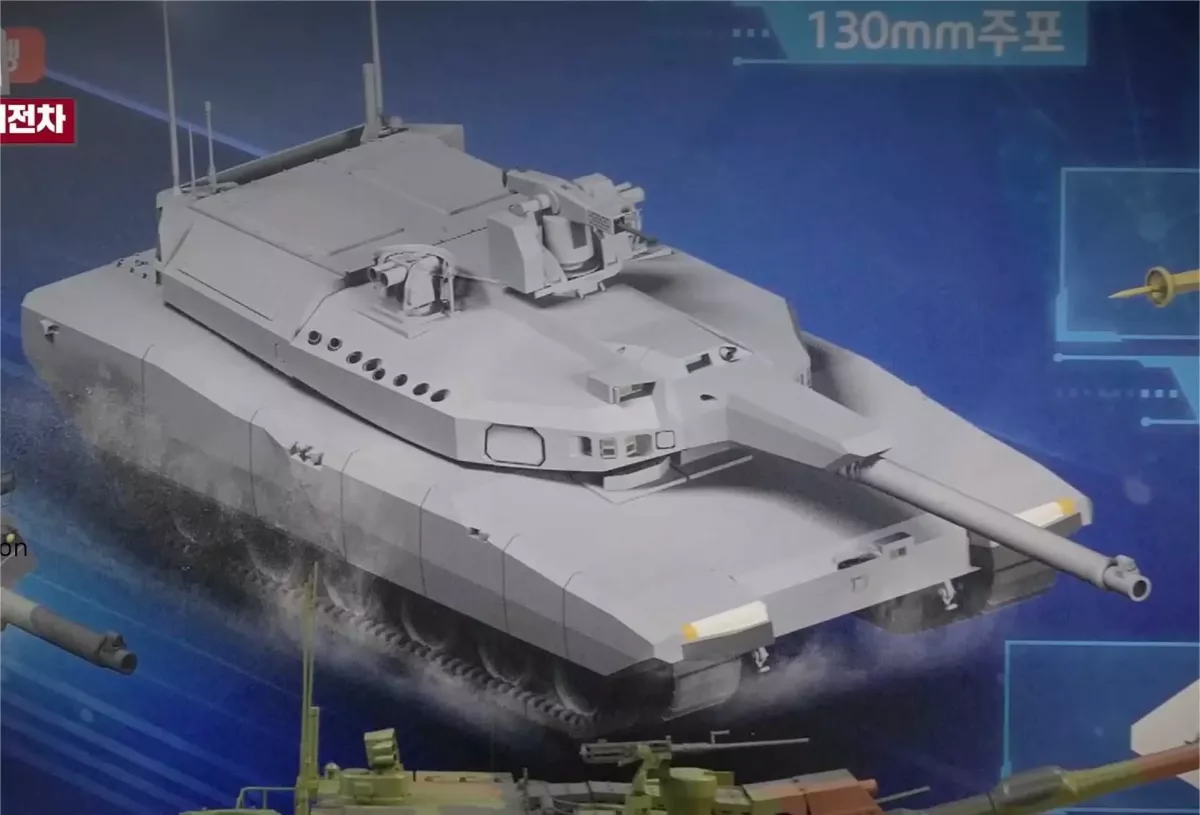
South Korea’s K3
One of the most ambitious programs is South Korea’s K3, which is slated to replace the K2 Black Panther by 2030. Developed by Hanwha Aerospace, the K3 is a leap forward in tank design, with a 130 mm smoothbore gun, a fully unmanned turret, and AI-assisted fire control systems. The K3 is powered by a hybrid hydrogen-electric propulsion system, significantly reducing its thermal and acoustic signature while offering enhanced mobility in urban and contested environments.
This tank also integrates advanced features like AI-based health monitoring, predictive maintenance, and networked communication with unmanned systems, making it a prime example of how tanks are evolving into highly autonomous, stealthy combat platforms.
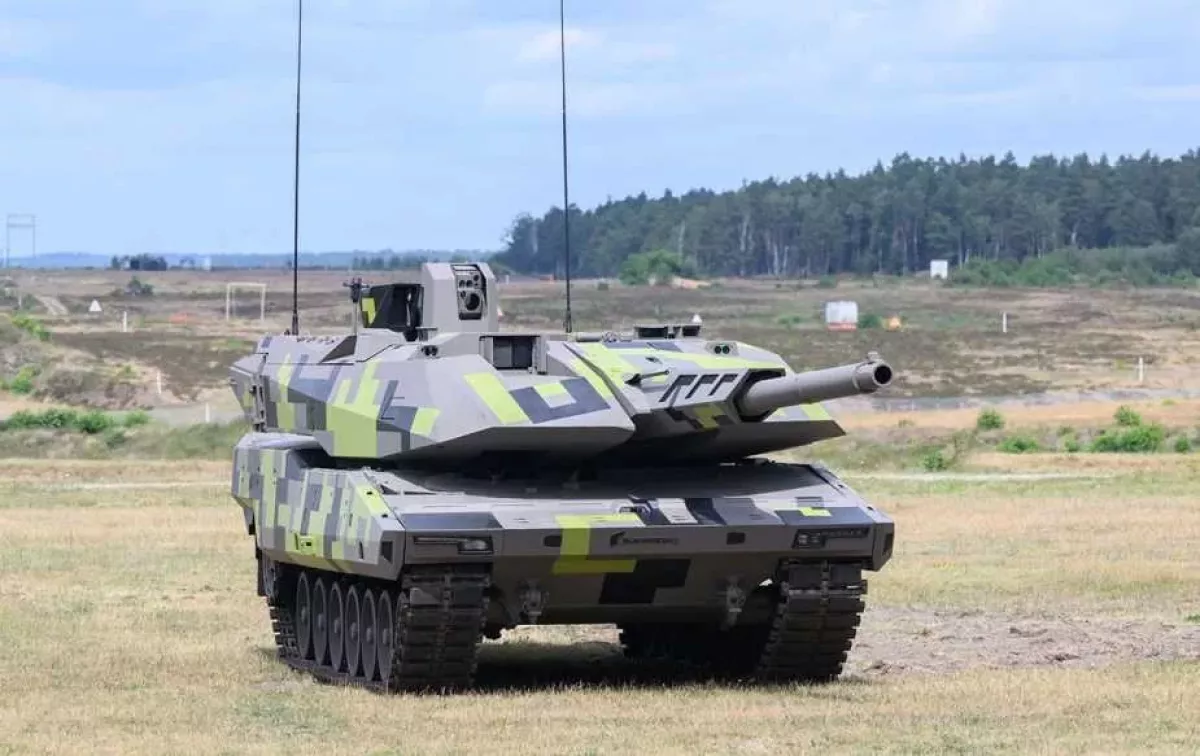
Rheinmetall KF51 Panther
Germany’s Rheinmetall KF51 Panther, built on the chassis of the Leopard 2, is another groundbreaking design that sets new standards for European armored warfare. Featuring a powerful 130 mm Rh-130 cannon and a modular, scalable design, the KF51 Panther promises superior firepower and adaptability in complex combat scenarios.
It incorporates a sophisticated active protection system (StrikeShield) to defend against anti-tank guided missiles and other threats.
The Panther also offers integration with loitering munitions and UAVs, extending its reach in both strike and reconnaissance roles. With these capabilities, the KF51 Panther is poised to become a key player in European defence, especially as NATO allies seek modern replacements for legacy tanks.
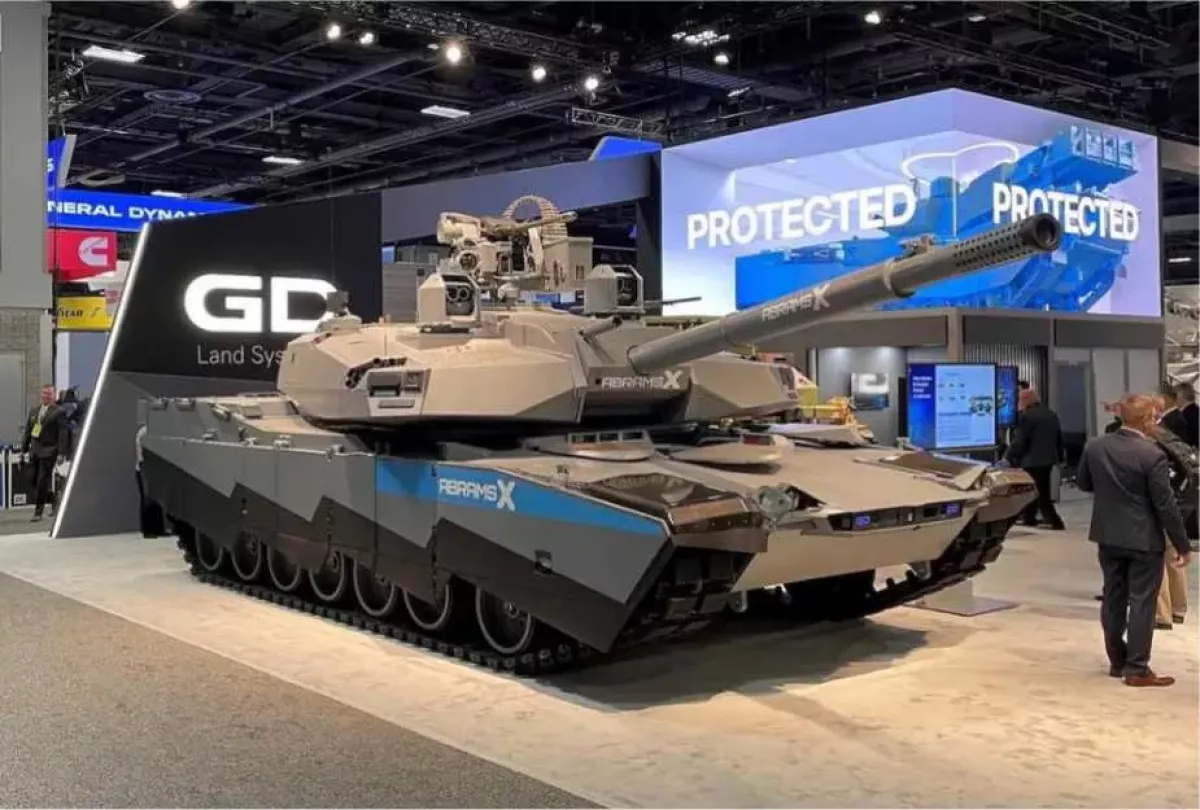
M1E3 Abrams
In the United States, the M1E3 Abrams represents the most significant overhaul of the iconic Abrams series in over four decades. Building on technologies developed through the AbramsX demonstrator, the M1E3 features a hybrid-electric propulsion system, reducing fuel consumption and improving the tank’s infrared signature.
The redesigned turret incorporates automation, enhancing crew survivability and reducing human exposure to threats. Equipped with an advanced modular armour system, the M1E3 is engineered to withstand top-attack munitions and precision-guided weapons.
The M1E3 also benefits from AI-powered threat prioritization and real-time data integration, ensuring adaptability in fast-evolving combat environments. With prototypes expected by 2026, the M1E3 is a key part of the US Army’s long-term modernization strategy.
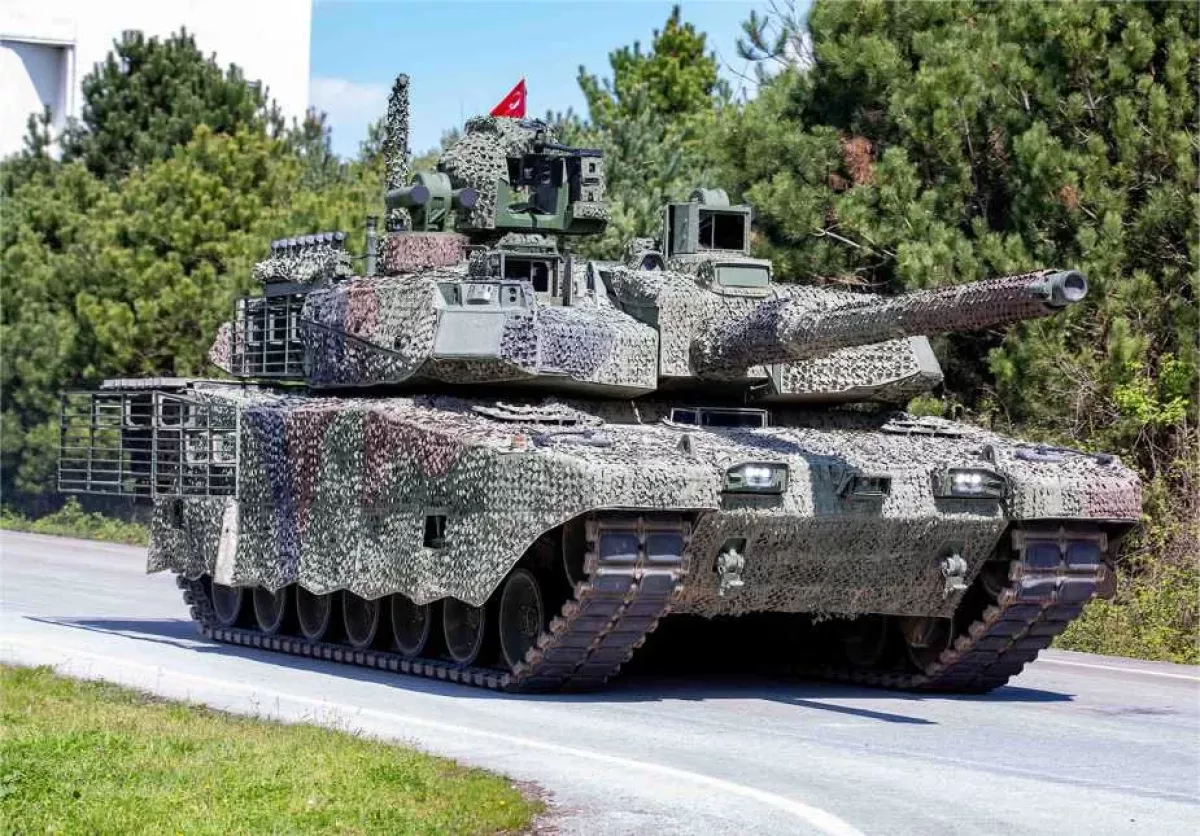
Altay tank
Türkiye's Altay tank, which began deliveries to the Turkish Land Forces in 2025, marks a significant milestone in Türkiye’s defence capabilities. Powered by a domestically developed 1,500 horsepower engine, the Altay is equipped with a 120 mm smoothbore main gun and advanced fire control systems.
Its design emphasises modular armour for enhanced protection, as well as active protection systems like the AKKOR hard-kill system. With a top speed of 70 km/h and a range of over 450 km, the Altay is engineered for diverse operational environments, from desert to high-altitude terrains.
As Türkiye moves towards independent tank manufacturing, the Altay is also being considered for export to countries like Pakistan and Qatar, expanding its international reach.
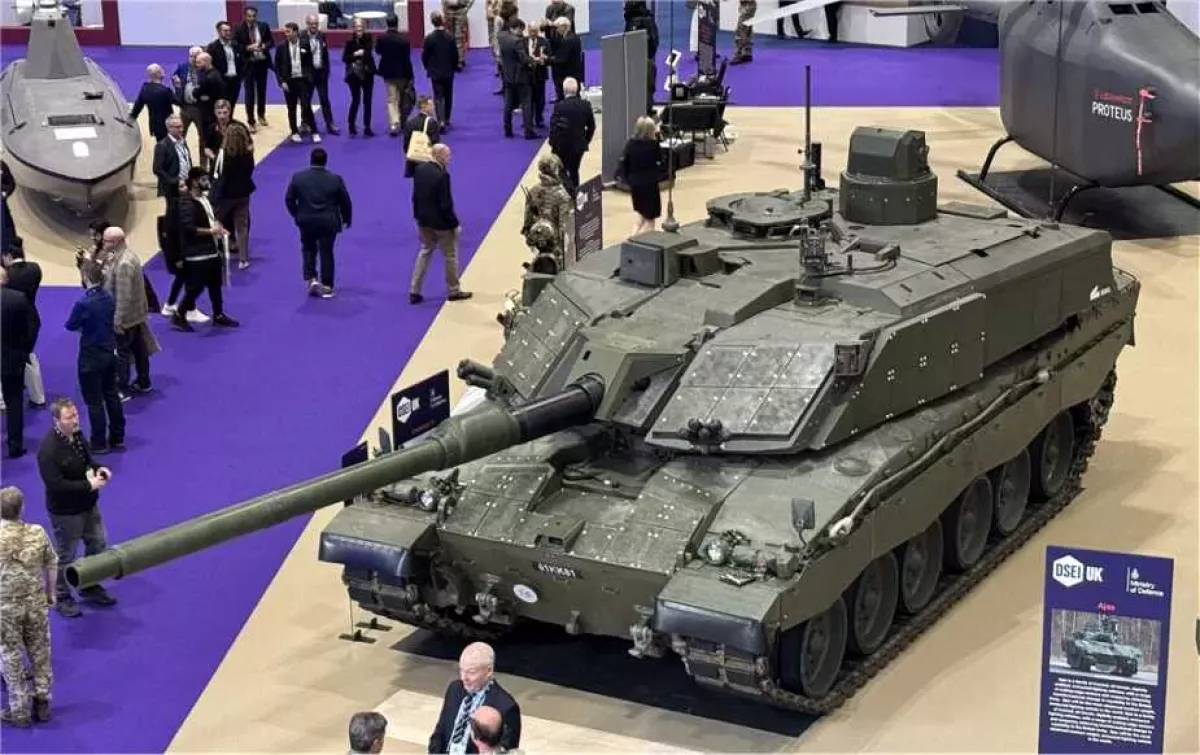
Challenger 3
Finally, the United Kingdom’s Challenger 3 is set to modernize the British Army’s armored forces with a complete turret replacement and systems upgrade. Retaining the proven hull of the Challenger 2, the Challenger 3 introduces a new 120 mm L55A1 smoothbore gun, along with enhanced armour and the integration of Rafael’s Trophy-MV active protection system.
This MBT is designed to withstand a wide array of modern threats, from anti-tank missiles to top-attack drones. With a fully digital backbone, the Challenger 3 enables real-time data sharing and system updates, ensuring it remains adaptable to future combat scenarios. The tank is currently undergoing live-fire and mobility testing, with initial service expected by late 2026.
What ties these new MBTs together is the shift from traditional concepts of armour and firepower to a focus on survivability in sensor-saturated, drone-heavy battlefields. These tanks are not just about thicker armour or bigger guns; they are designed to integrate with networked forces, including unmanned systems and aerial assets. AI, advanced sensors, and electronic warfare capabilities are now central to tank survivability, making them as much about digital warfare as physical combat.
By Sabina Mammadli








